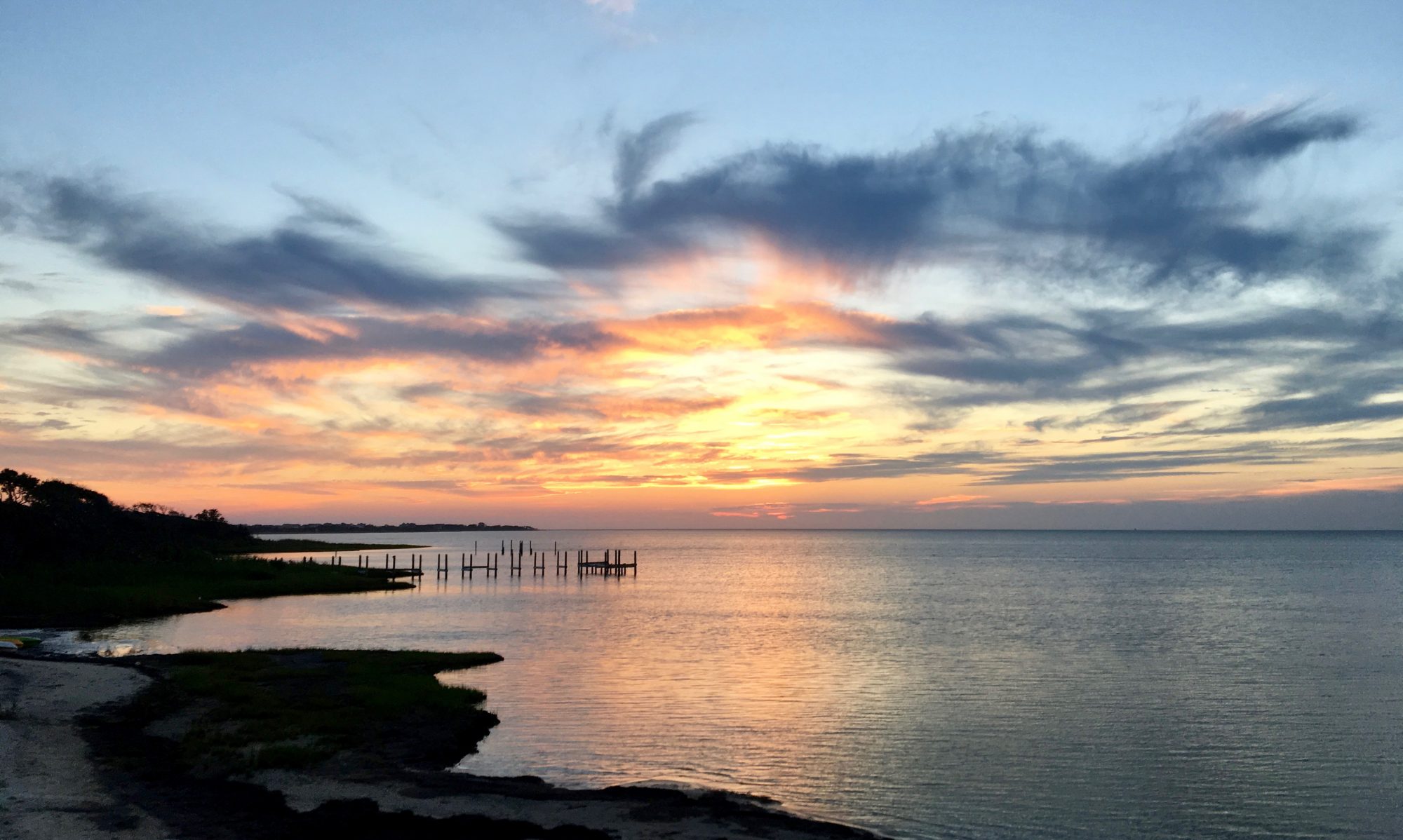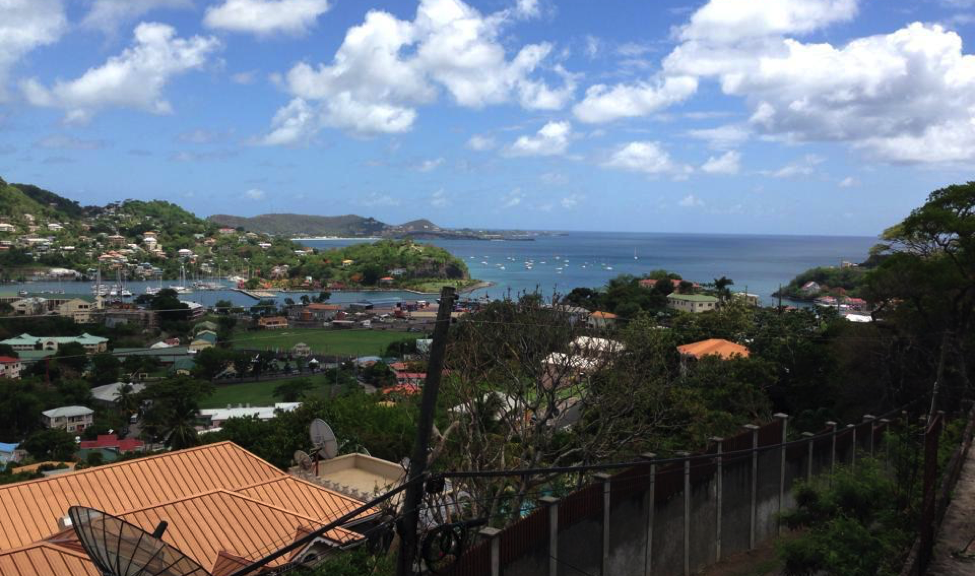By Ellis Kalaidjian
Global interest in “blue carbon” ecosystems, referring to the world’s carbon-sequestering ocean and coastal habitats, is rooted in their potential to mitigate climate change while achieving myriad co-benefits, such as coastal protection and fisheries enhancement. A substantial body of research paints a grim outlook on the future of blue carbon ecosystems, which has prompted international efforts to protect and sustainably manage them. Yet, a paucity of research on blue carbon ecosystem management exists, which limits our understanding of how coastal plans can effectively integrate “blue carbon” concepts into municipal-level coastal ecosystem management. This month’s blog highlights a Philippines-based study that addresses this key research gap. The study, titled “Are Municipalities Ready for Integrating Blue Carbon Concepts?: Content Analysis of Coastal Management Plans in the Philippines”, is available through the Journal of Coastal Management.
Researchers conducted content analyses of existing coastal management plans of four Philippine municipalities: Lawaan and Salcedo in Eastern Samar province; Batan and Kalibo in Aklan province. Content analysis is a research tool that can be used to quantify and analyze the presence of certain words, themes, or concepts within qualitative data—in the case of this study, the text of the management plans. Researchers used nine coding keywords, including “ecosystem services,” “carbon sequestration,” “tourism,” and “anthropogenic threats,” to determine the extent to which blue carbon ecosystems are accounted for in the provinces’ management schemes. Though several habitats fall under the category of blue carbon ecosystems, this study focused on the management of mangrove forests and seagrass habitats.

The research team presents important findings regarding the relative emphasis given to specific aspects of blue carbon ecosystem management and to specific ecosystem types. The study found that management activities—such as reforestation, coastal clean-ups, and planting—was the most frequently discussed topic in the four plans, followed by anthropogenic threats. In general, current directives toward resource management in the four provinces included assessment of coastal habitats, implementation of local ordinances and policies, and a list of possible conservation and protection services. Conversely, the topics of tourism and carbon sequestration—important co-benefits of blue carbon ecosystems—lacked visibility.
The researchers also discovered a greater focus on mangrove ecosystems than seagrass habitats across the four plans. The team attributed this discrepancy to the lack of research on seagrass ecosystems in the Philippines relative to mangrove ecosystems, as well as the greater emphasis placed on the coastal protection services of mangroves, given the country’s exposure to typhoons. While discussion of the anthropogenic and natural impacts to seagrasses is present in the plans, there were, generally, minimal actions set forth to address these stressors; meanwhile, mangrove ecosystems were significantly accounted for in legal frameworks, laws, policies, and local ordinances. To address this disconnect, the researchers recommend that Philippine national agencies should invest more in educational campaigns and capacity building for local government agencies and stakeholders to engage in seagrass habitat assessment, planning, protection, and monitoring.
This work highlights an existing gap in blue carbon management strategies at the local scale. By applying the content analysis approach to local management plans, this study offers a methodology to capture existing implementation of management protocols and provide appropriate recommendations for integrated coastal management practices. This study also serves as a basis for formulating coastal plans to effectively encapsulate blue carbon ecosystems and integrate them into existing management strategies. Moving forward, similar approaches as those presented in this work will be necessary to investigate the factors that facilitate best management practices and policies in different local contexts to strategically promote blue carbon ecosystem management beyond the scale of one nation.
Citation:
Quevedo, J. M. D., Uchiyama, Y., Lukman, K. M., & Kohsaka, R. (2021). Are municipalities ready for integrating blue carbon concepts?: Content analysis of coastal management plans in the Philippines. Coastal Management, 1-22.






